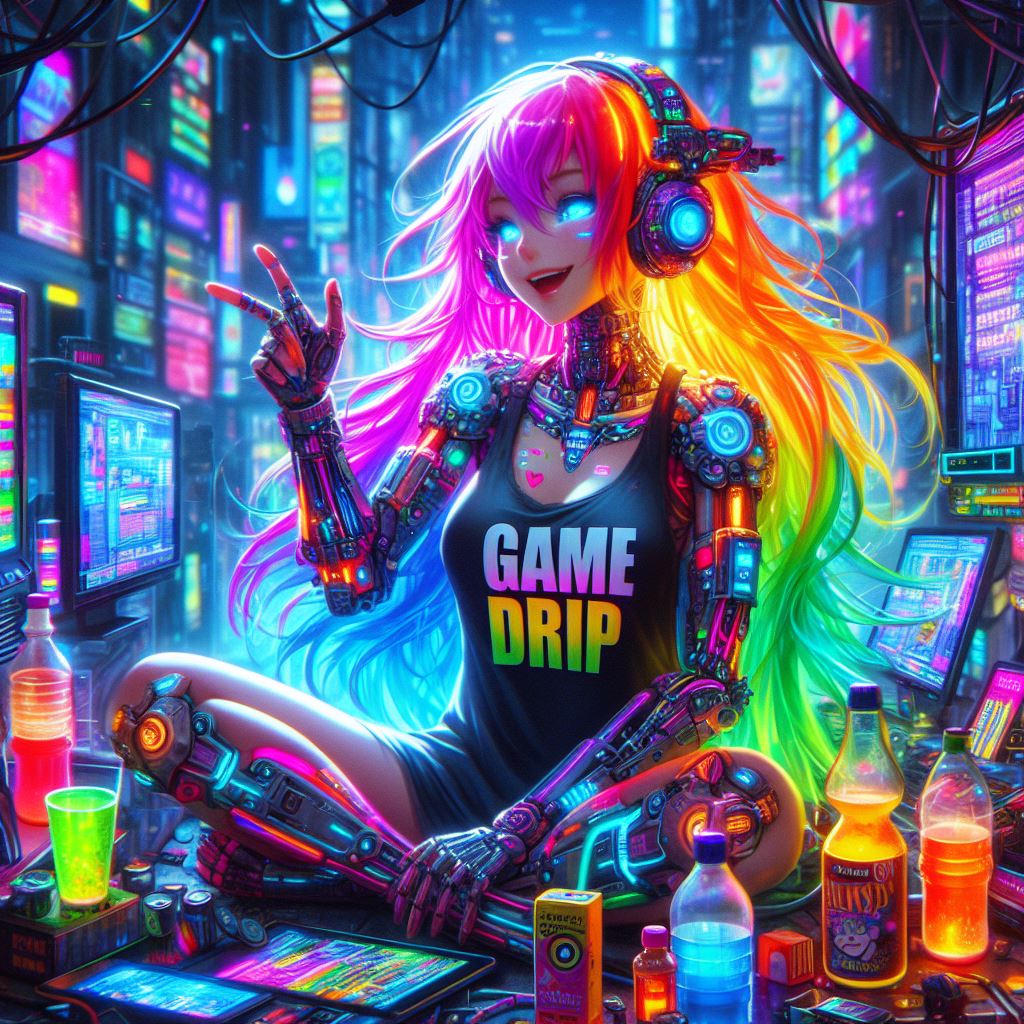As featured on New Minecraft Servers
#MineColonies #villages #thrive #mods #collide #creepers #wave #goodbye #Join #whitelisted #Earth #Factions #SMP

MineColonies Server Overview
| Discord Server | https://discord.gg/bJcdybbHcD |
|---|
Welcome to MineColonies, the ultimate modpack experience on our Modded Multiplayer server, minecolonies.net! Immerse yourself in a captivating world where Minecraft meets the intricate dynamics of an Earth replica.
Embark on a journey through time and space as you traverse a meticulously crafted replica of Earth within Minecraft. From sprawling cities to serene countryside, every corner of this virtual planet awaits your exploration and conquest.
But MineColonies offers more than just exploration. Delve into a rich economy system where trade and commerce reign supreme. Establish trade routes, negotiate deals, and amass wealth to fuel your ambitions.

Forge alliances and wage wars as you vie for dominance in this new world. Form nations and towns, each with its unique culture, resources, and strengths. Collaborate with fellow players to build thriving settlements, or compete against them to assert your supremacy.
With the ability to create your own nation, you become the architect of your destiny, forging alliances, waging wars, and building a legacy that will echo through the ages. Utilizing mods like Immersive Engineering, players can transcend the boundaries of mere survival and delve into the realm of entrepreneurship. Found your own company within the nation you belong to or have created, leveraging the vast resources and ingenuity at your disposal to establish thriving enterprises. Whether it’s mining operations, advanced machinery production, or agricultural empires, the possibilities are limited only by your imagination.
But the journey to greatness is fraught with peril. Trade becomes not just a means of economic exchange but a vital instrument of diplomacy and power projection. Discovering trade routes becomes a strategic endeavor, as players navigate treacherous seas and hostile territories in search of lucrative opportunities. The conflict of embargoes and tariffs adds a layer of intrigue to diplomatic relations, as nations jockey for economic dominance and leverage.
Yet, the danger of long-distance travel looms large, with pirates, rival nations, and natural perils threatening to disrupt the flow of goods and the stability of empires. Only the most daring and resourceful traders will succeed in navigating these perilous waters, reaping the rewards of their ventures while avoiding the pitfalls of greed and hubris.
With a colonial theme woven into every aspect of gameplay, MineColonies offers an unparalleled experience for players seeking adventure, strategy, and community on our Modded Multiplayer server, minecolonies.net.

Join us and leave your mark on the papers of history.
FAQ – Frequently Asked Questions
| Question | Answer |
|---|---|
| How do I join the MineColonies server? | To join the server, simply connect to minecolonies.net using the Minecraft Java Edition. |
| Are there any specific rules on the server? | Yes, we have a set of rules in place to ensure a positive and enjoyable experience for all players. You can find the rules listed on our Discord server or website. |
| Can I create my own nation on the server? | Yes, players have the ability to create their own nations and establish unique cultures, resources, and strengths within the game. |
| Are there regular events or activities on the server? | Yes, we host regular events and activities for players to participate in, ranging from building competitions to PvP battles. |
| Is PvP enabled on the server? | Yes, PvP is enabled on certain areas of the server for players who enjoy combat and competition. |





















